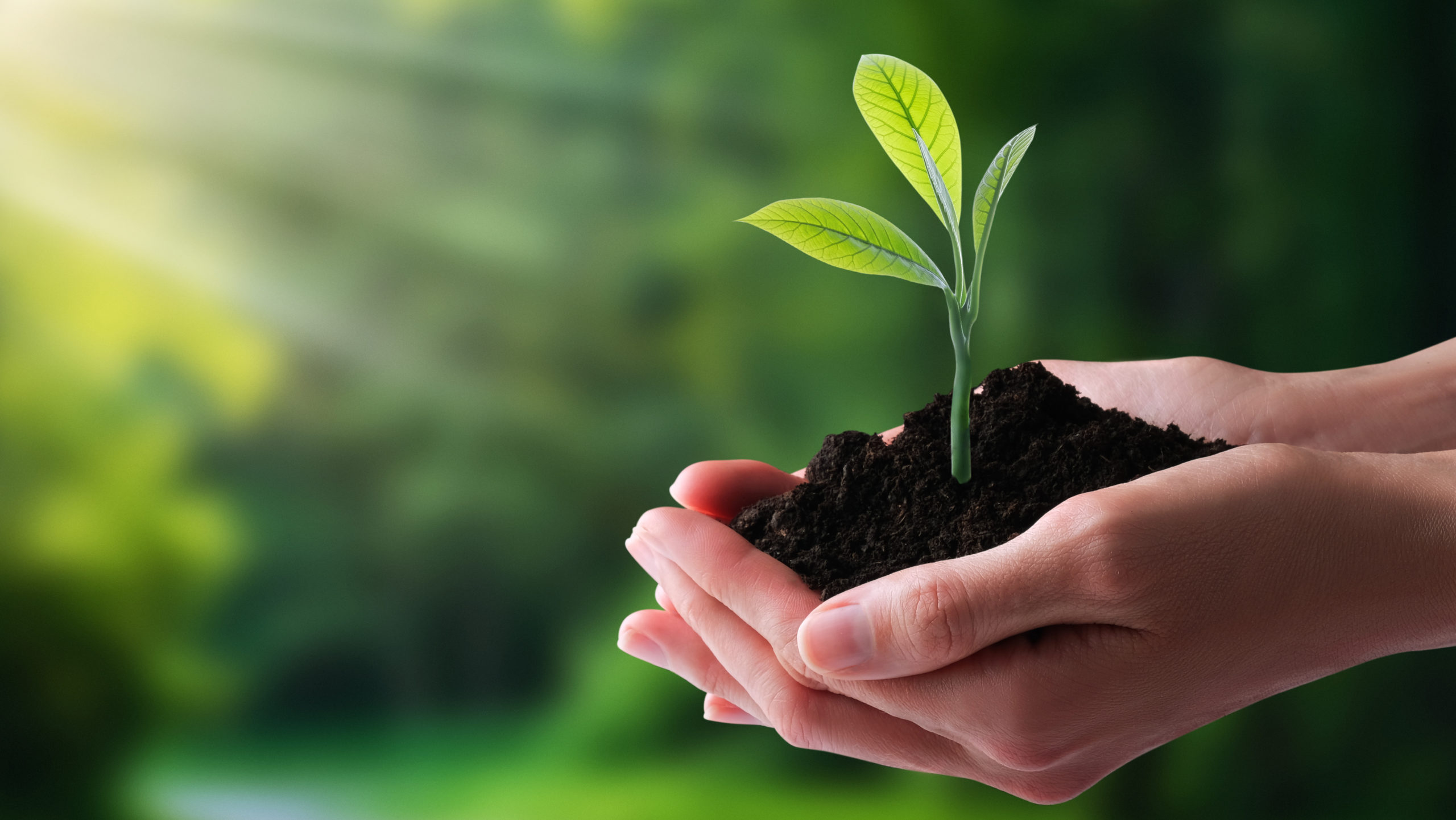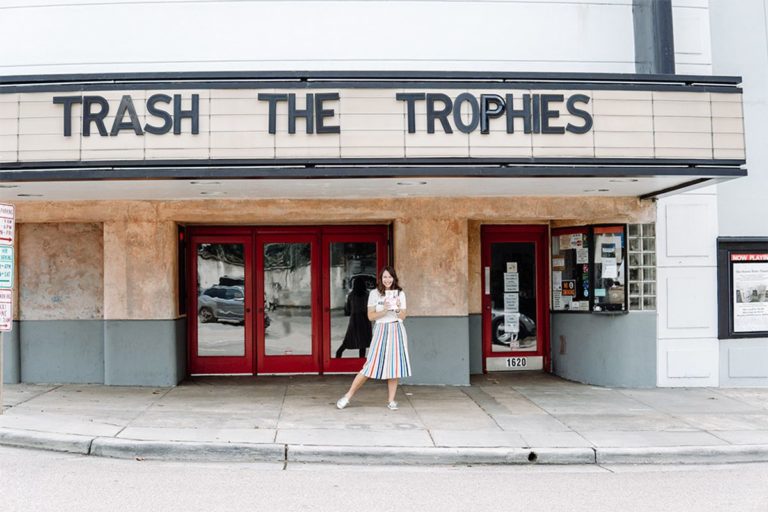
As busy dance teachers and studio owners, it’s easy to overlook just how much our daily habits affect the environment. But choices like the leotards we ask students to wear, the products we use, and even the way we light our studios can make a difference.
So Dance Teacher looked to two dance educators—who also happen to be sustainability aficionados—to learn how the dance community can be more mindful of our environmental impact.
Jessica Ward, principal of Elmhurst Ballet School, and Cynthia King, founder of Cynthia King Dance Studio and creator of a line of vegan ballet slippers, shared how small changes at your dance studio can make a huge impact on the environment.
Why they use eco-friendly dancewear
Late in 2019, Elmhurst and its dancewear supplier Dancing Boutique met to discuss making changes to its dance uniform. Excited by the challenge, the supplier turned to Dansez for its work with the Healthy Seas initiative and eco-friendly fabric to help create something special for their ballet school, which is based in Birmingham, England.
“In highly important places for marine wildlife, millions of animals suffer because of entanglement in the nets, leading to serious injuries or death,” says Ward. “Our new regenerated fabrics come from the 640,000 tons of ‘ghost’ fishing nets found on and around shipwrecks and reefs.”
The Cynthia King Vegan Ballet Slippers company started 20 years ago, with a primary focus on making cruelty-free shoes. Since then, King has learned a lot about the environmental hazards of the leather industry and has been producing ballet slippers that directly conserve natural resources and save lives.
“By eliminating animal skin from our shoes,” King says, “we stop supporting animal agriculture, which directly helps to reduce pollution of the air and water, deforestation and the unimaginable suffering of animals—and people—as a result.”
How they’re making their studios more eco-friendly
“We are careful to avoid wasteful materials that are harmful to wildlife,” says King. “We avoid single-use plastics, straws and balloons, and when disposing of face masks, we cut the loops so they don’t get tangled around the necks and limbs of animals if improperly disposed.”
Elmhurst is committed to reducing landfill waste by working with a world-leading provider of recycling services. The school also encourages students to recycle and think about a sustainable future through a Student Learning Council. “In 2017 we upgraded all lighting in the school building and boarding houses to energy-saving LED,” says Ward. “And in 2020, our catering provider launched their Future Proof Food initiative at the school, which experiments with cooking and works toward increasing sustainable protein consumption. This reduces food waste and increases the sustainable use of more local and seasonal produce.”
The enormous impact of eco-friendly dancewear
With almost 200 students at Elmhurst Ballet School, the amount of dancewear over eight-year groups really adds up. “Wearing eco-friendly uniforms helps our dancers to engage not only with the ‘school’ world we live, learn and dance in, but also the wider world beyond the school gates,” says Ward. “Once our students enter the professional world, they take those traits with them, helping the work we do at Elmhurst to filter through to the wider dance community and wider world.”

How dance has the power to make an impact
“We must ask ourselves ‘How does this choice affect others?’ ‘Is there an alternative?’ ‘Is there a better way to do this without excessive waste or damage?’” says King. “And then let others know what you did. It’s important to help others learn about alternatives. We’re all learning as we go.
“In so many ways, dancers connect deeply with nature. We emulate birds and cats and water and clouds. Our very instrument is alive! My hope is that we can expand the connection to include the greater community—wildlife and our environment. Then, let’s dance like swans and behave like we give a damn about them and their habitat too.”
